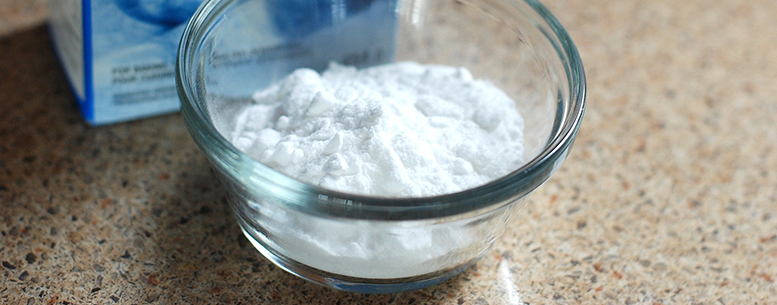How To Clean and Charge Your Legend Boats Battery

If you take good care of your marine battery, it wouldn’t be unrealistic to get 10 years or more out of it. But, ignore your battery and you might mistakenly assume that you got a lemon.
Your Legend Boats marine battery is not only responsible for firing your motor, it also runs your trolling motors, sonar units, GPS units, livewells, baitwells, bilge pumps, navigation lights and VHF radios.
With so much riding on your battery it’s in your best interest to keep it in tip-top condition. Here’s how
Proper Use:
There are 2 different types of marine batteries. They often look the same on the outside, but are built and function differently.
Cranking – Designed for short bursts of energy to get your motor running. Not allowing your cranking battery to rest or using over long periods of time is likely to cause issues.
Deep Cycle – Designed for consistent use over longer periods of time to power accessories.
The best practice, especially for larger fishing boats with multiple accessories is to cary one of each.
How To Properly Charge Your Battery:

Charge it and keep it charged:
A battery left empty (or near empty) for too long allows lead sulfate to harden. The consequence of this is a battery that is increasingly more difficult to charge and discharges more quickly.
Don’t discharge too deep:
In plain English, avoid sending a jolt of energy to a particular piece of electronics that drains the majority of the battery. Repeating this practice will surely kill your battery. Your best bet is to match the size of your battery to the load you’re powering. Also, keep the deep discharge above the 50% mark of your battery’s power availability.
Stay Hydrated:
In simple terms, the inside of your marine battery carries 2 chemicals that combine to create a new compound – this is where the lead sulfite comes from. The bi-product of this combination is the electricity that goes to your motor or accessories. In order for this electricity to get from the inside of your battery to the outside, it needs a vehicle.
Water is this vehicle. Tap or lake water has contaminates in it which can interact or interfere with the chemicals and electricity so it’s best to use clean distilled water.
There’s a lot of heat involved in the chemical process, so naturally the water will evaporate. It’s important to keep an eye on this and always make sure water levels are above plate levels. Chemical exchange will occur with the electrolyte vehicle, making things quickly turn foul. Beyond that, low levels of water are easier to freeze, which brings us to our next point.
Keep Your Temper:
Extreme cold hinders the chemical process as well as potentially freezes the internal water. It’s best practice to charge your batteries before storing them for the winter.
The hotter the temperature, the quicker the chemical reaction occurs. It also causes the water inside to evaporate quicker. Ultimately this results in loss of battery life or destroys the inner components. Avoid extreme temperatures at both ends of the thermometer to be safe.

The easiest way to kill your marine battery is improper charging. In particular, over charging. As we described above, there’s heat involved in the chemical reaction inside the battery. When charged for too long, gases are produced and pressure builds. It’s not so much of an issue these days with devices that turn themselves off once the battery is charged, but it’s still best to be aware.
How To Clean Your Battery:

Keeping your battery in good working order also involves a little outer maintenance. The most common culprit is corrosion: Cu (s) + 2 H2SO4 (ℓ) → CuSO4 (aq) + 2 H2O (ℓ) + SO2 (g)
Basically the metal posts and metal inside the battery interact with moisture and electrical current and begin to corrode, making either a blue gunk. Don’t worry, there’s nothing wrong with your battery. It happens all the time. The White Goop version is something a little different; sulfation. This occurs when your battery is under-charged for a prolonged period of time.
Here’s how to clean your battery:
1. Most people are okay with cleaning the battery as it is. To do this, mix a solution of 4 cups water and 6 tablespoons of baking soda. This should be a paste that you can scrub onto the terminals with a toothbrush or cloth. This will get rid of the external corrosion.
2. If you want to be a little more thorough, some people choose to remove the battery posts. If you’re going with this option, always remove the negative battery post first and always re-install it last.
3. Once the initial clean is complete in either scenario, rinse it off with water and allow it to completely dry before use. This is electricity, and contact with water severely increases your chances of shorting out your devices or personal shock.

That’s it! Corrosion prevents good contact which interrupts the flow of power to your devices. There are rumours that Coke Cola will do just as good a job as baking soda, but the science is out on that one. Proceed at your own risk.

Yours In Boating,